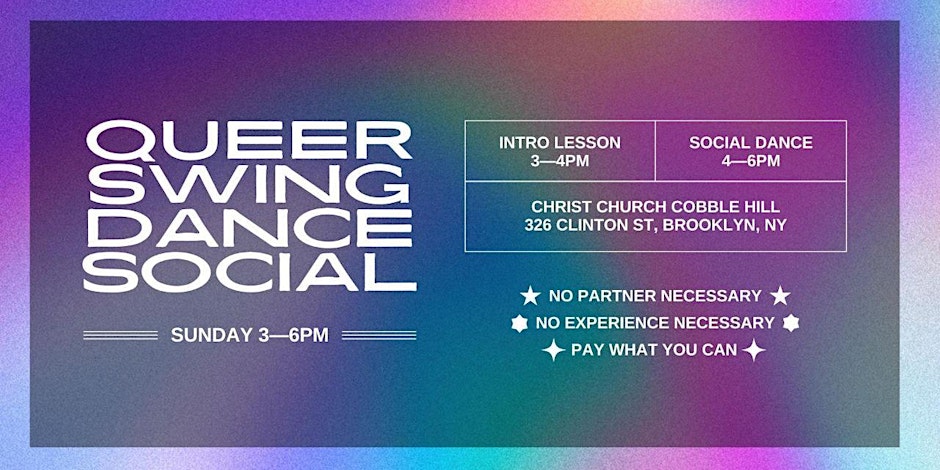
Many universities have expanded their women’s studies departments to now cover gender studies. Because the ways in which gender as a spectrum intersects with all political issues is something that must be discussed. The New York Times is lamenting that point as they recently announced their first ever gender editor Jessica Bennett.
Bennett will lead this new initiative of expanding the ways in which The Times intersects gender into every aspect of their coverage. While the newspaper is already paving the way with their coverage of recent sexual assault allegations, critique of Jeff Sessions’ anti-trans policies, and even a love story between two gay ballet stars—having Bennett as the gender editor hopes to bring this type of coverage to the next level. Bennett is no stranger to conversations about gender, sexism, intersectionality and feminism. She recently released her book “Feminist Fight Club” which discusses how to survive an office work environment as a woman in today’s society.
Bennett’s strategic partner in this new venture for The Times is Francesca Donner, Director of the Gender Initiative. GO spoke with Donner to learn about how this new gender initiative will uplift the magazine to expand their breadth of coverage.
GO Magazine: How are the ways in which you see gender issues intersecting with other political coverage?
Francesca Donner: Oh, in everything! Gender is one of those things you can’t get away from. It’s a fundamental baseline of who we are which means that it comes into play all the time, everywhere.
If we’re talking quite specifically about U.S. political coverage, gender issues have been a huge story in the Trump administration and I have no doubt they will continue to be so. From the you-know-what grab to the issues we’ve confronted in the past few months alone — healthcare, bathroom bills, pay equity, birth control, just to name a few. Congress is still only around 20% women which massively impacts everything that happens in Washington. And of course there’s the ever-present Hillary Clinton subtext, the final glass ceiling that couldn’t be shattered. Whether you voted for Clinton or Trump, that’s a gender story right there.
But that’s just politics, and just in the United States. We’re going to be covering the myriad ways gender plays across the economy and culture—in California and in Canada and China. Gender issues intersect it all.
GO: How do you plan to explore gender issues beyond feminism and women’s issues?
FD: It would be a mistake for us to assume that gender is solely a women’s issue. Gender means covering masculinity and sexuality and gender fluidity and the intersection of race and class. It means looking at science and health and parenting and sport all through a gender lens. Jessica Bennett, my strategic partner and our new Gender Editor, said that and I couldn’t agree with her more.
GO: What gives you hope as we continue to face politically strife times?
FD: What gives me hope? That The Times continues to invest in great journalism and is committing to increase its focus on gender issues. Look what just happened in the past few days: our journalists’ blockbuster reporting on Harvey Weinstein and sexual harassment allegations demonstrates the incredible power of deep reporting and good storytelling.
GO: Are you going to approach gender issues in a non binary way? How do you feel we can help break the binary through journalism?
FD: Of course! Jessica and I talk about gender on a spectrum: Our approach to this initiative will reflect that.

























































































